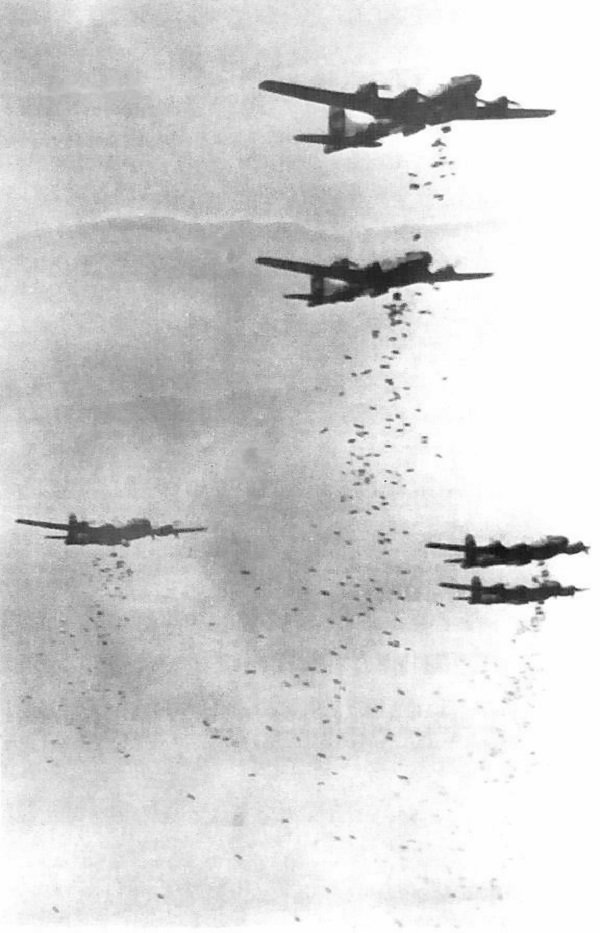
ADVERTISEMENT - CONTINUE READING BELOW
An Inferno In One of the World’s Most Densely Populated Urban Areas
The way strategic bombing had been conducted in Europe, with high explosive bombs dropped from high altitude, did not work in Japan. So General Curtis LeMay ditched the explosive bombs in favor of incendiaries. He reasoned they would prove particularly effective against Japanese cities, whose buildings were mostly wooden. To improve accuracy, the bombs would be dropped from low altitudes, instead of high. The target, the Shitamachi district in northeast Tokyo, was among the world’s most densely populated urban zones. It housed about 1.1 million people in an area about 3 miles by 4 miles, most of whom lived in cramped quarters in wooden-frame buildings, as well as light industries that supplied the Japanese military. To torch that “paper city” was to be an experiment in the effectiveness of firebombing. The local fire brigades were undermanned, badly trained, and poorly equipped.

ADVERTISEMENT - CONTINUE READING BELOW
At 12:15 AM, March 10th, 1945, the B-29s reached Tokyo and began to release their bombs from heights of 5000 to 7000 feet. The raid lasted less than three hours, but in that time, it began an inferno, that was fanned by 30-knot winds into a firestorm that razed Shitamachi and spread to other parts of Tokyo. Hundreds of thousands of terrified civilians scrambled to escape the flames, but many were unsuccessful. Over a quarter million buildings were destroyed, and more than one million people were left homeless. Conservative estimates by the US and Japanese governments put the death toll at around 100,000. However, some modern scholars posit that 200,000 or more perished in the horrific raid. In 2009, history professor Mark Selden wrote that the fatalities were probably several times greater than the official figures of 100,000.

